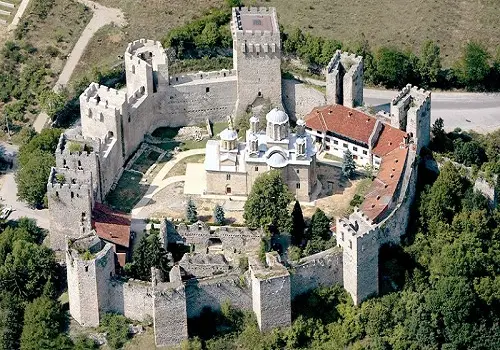
SERVIA, YOUNGEST MEMBER OF THE EUROPEAN FAMILY (1845), XXIII/XXXV
SERVIA, YOUNGEST MEMBER OF THE EUROPEAN FAMILY: OR, A RESIDENCE IN BELGRADE, AND TRAVELS IN

SERVIA, YOUNGEST MEMBER OF THE EUROPEAN FAMILY: OR, A RESIDENCE IN BELGRADE, AND TRAVELS IN
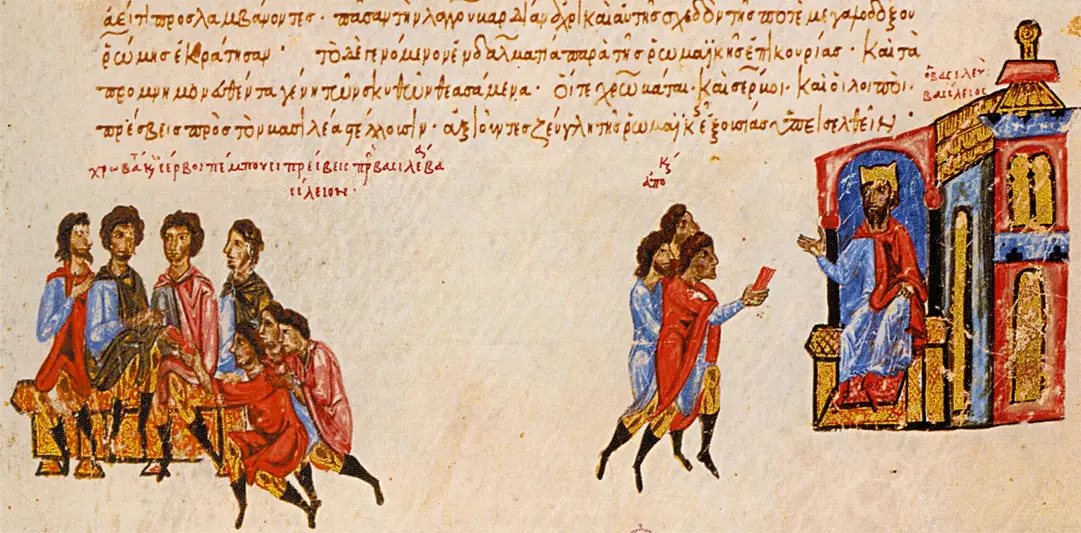
Neven Isailović Keywords: late middle ages, marches, frontier, nobility, the Balkans, the South Slavs, Serbia,
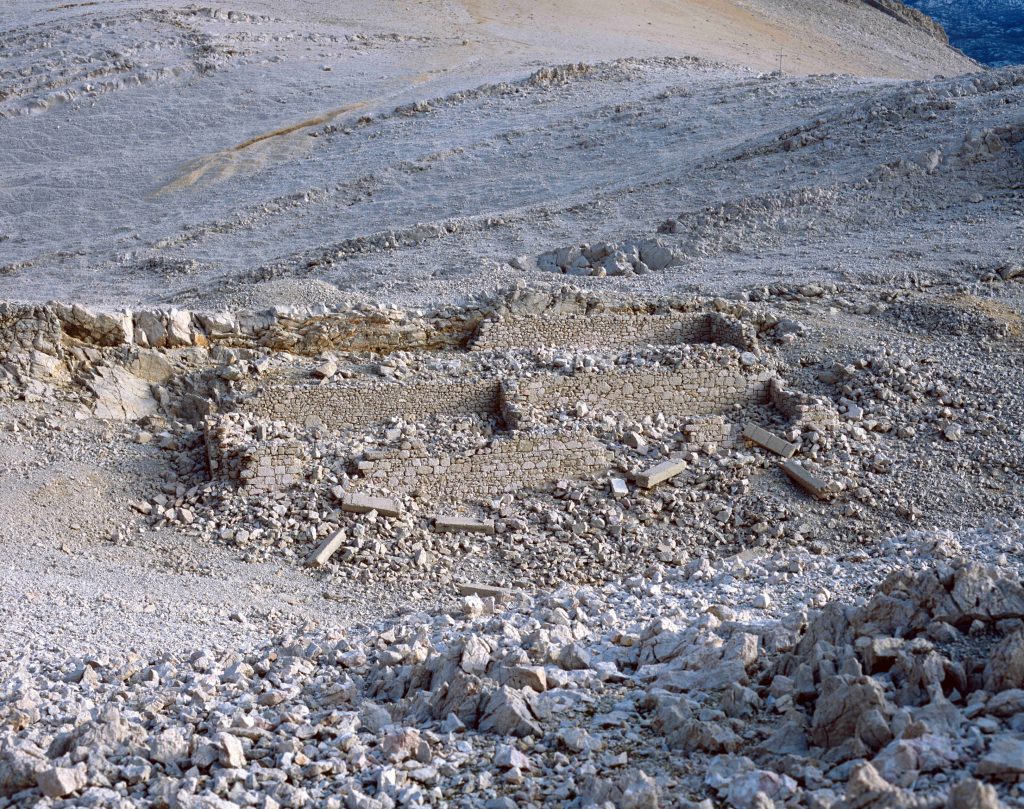
Testimony of 19-year-old Ustaša Joso Orešković from a debriefing after being captured by Partisans in

From World War I Document Archive No. 16 From: M. Yov. M. Yovanovitch, Minister at
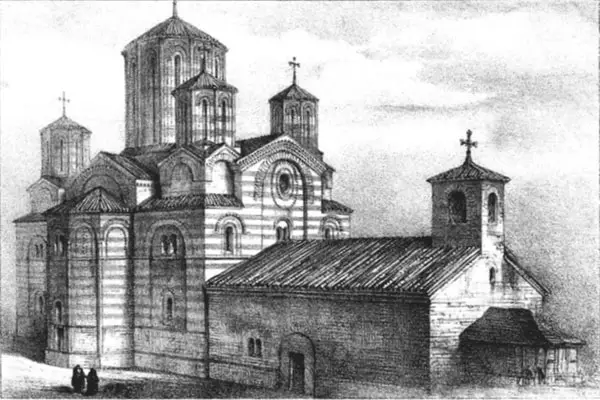
SERVIA, YOUNGEST MEMBER OF THE EUROPEAN FAMILY: OR, A RESIDENCE IN BELGRADE, AND TRAVELS IN
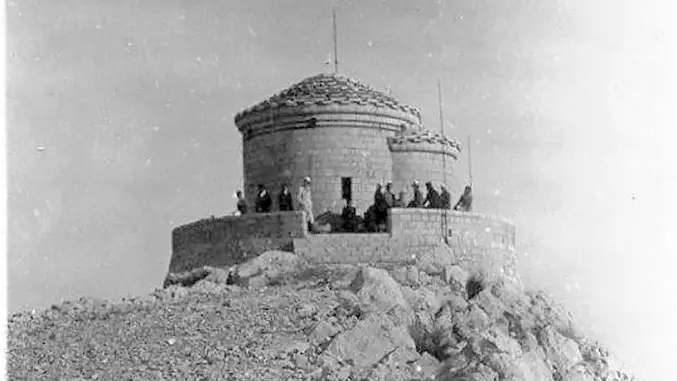
No one doubts that the capital of Boka is Kotor. Only ignoramuses and tourists care
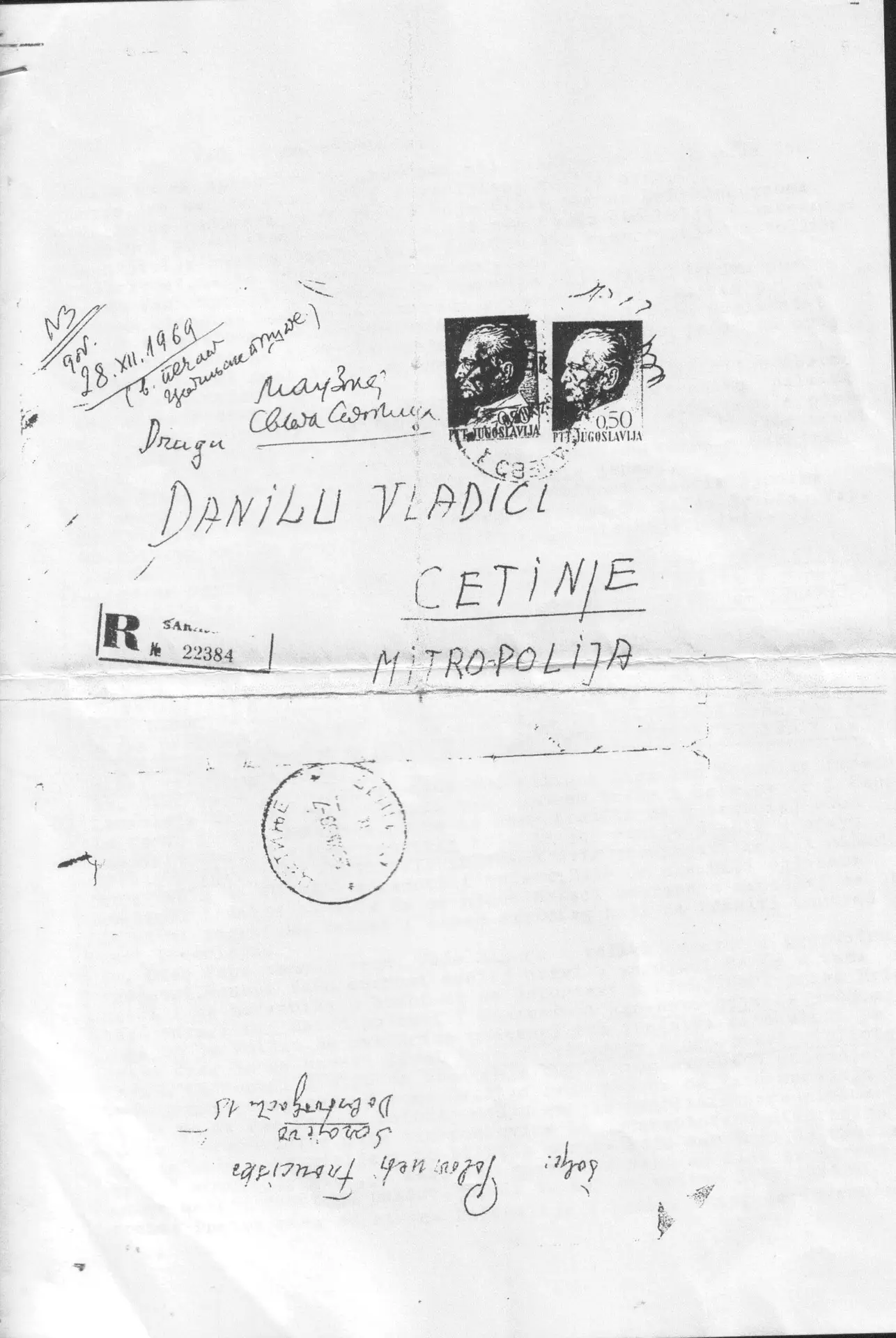
Your Grace, I ask that you forgive me any mistakes, as I try to make
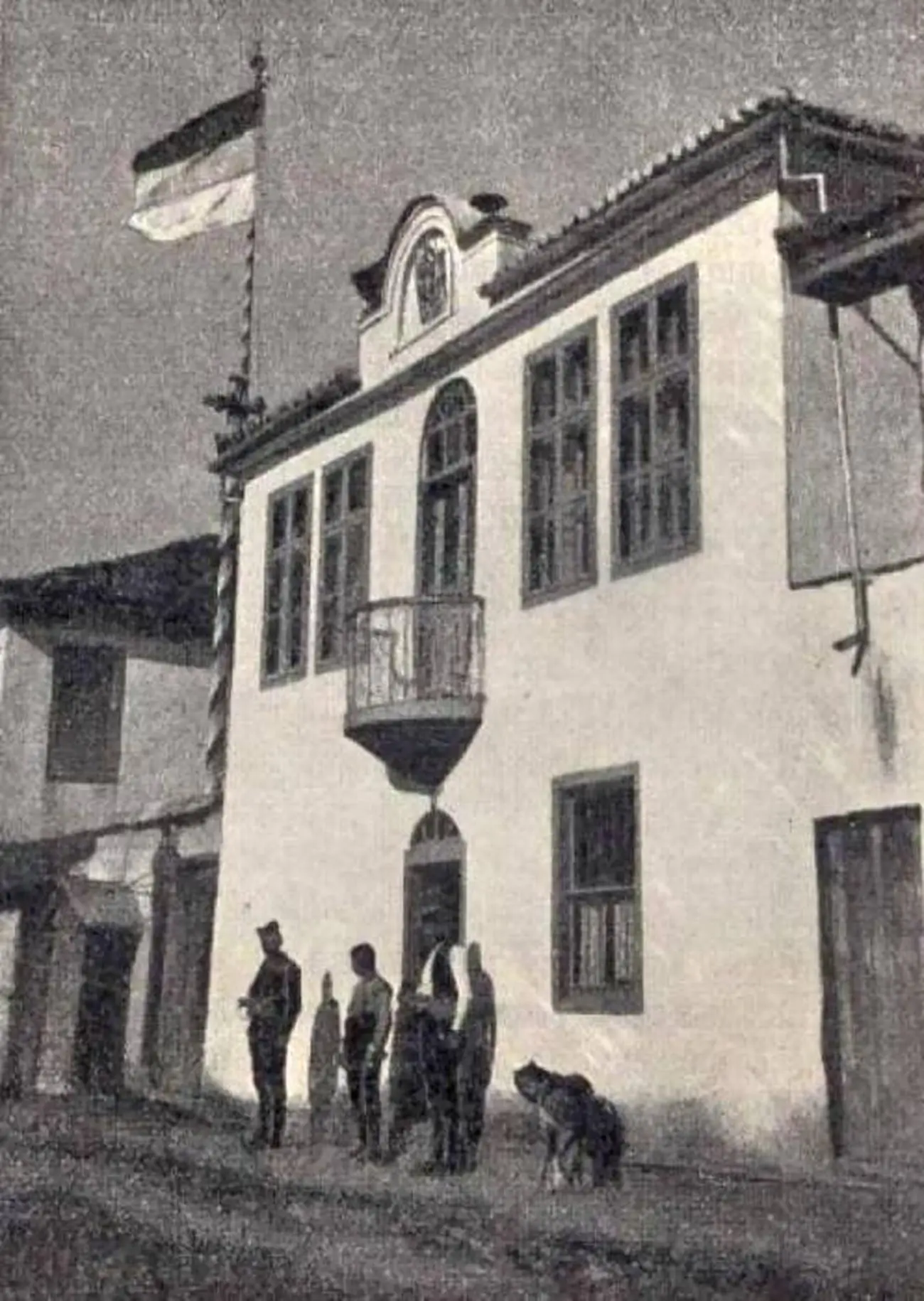
Royal Serbian Consulate, Conf. No. 12.PrištinaPriština, December 20, 1889 To Mr. General Sava Grujić, Minister

From World War I Document Archive No. 11 From: M. Yov. M Yovanovitch, Minister at
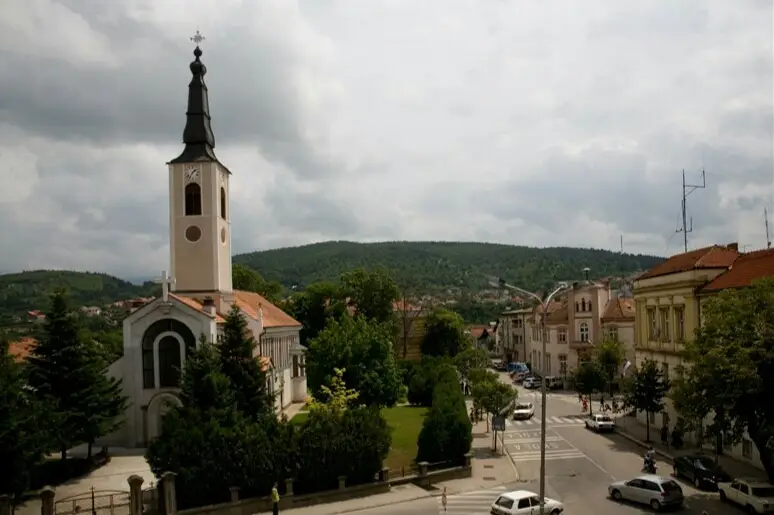
SERVIA, YOUNGEST MEMBER OF THE EUROPEAN FAMILY: OR, A RESIDENCE IN BELGRADE, AND TRAVELS IN